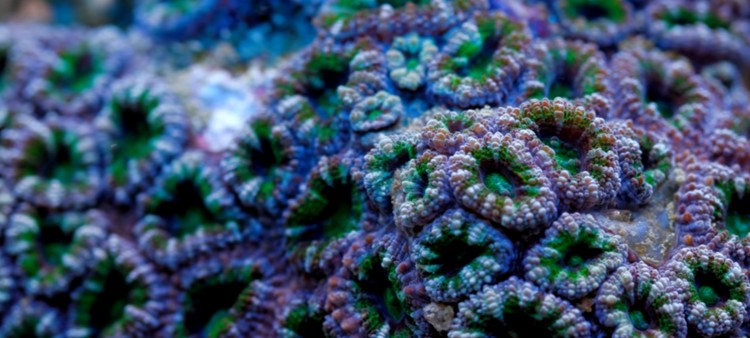How to Lower Nitrate and Phosphate is a Saltwater Aquarium?
- Feb 10, 2024
- Anshika Mishra
- 148 0 0

How does somebody achieve and maintain 0.1 phosphates and a related nitrate level without the constant use of phosphate removers?
Water Changes
The answer is simple. The levels drift from their zone and match the food input to your export or filtration. It could be as simple as water changes. If 10% a month of a week isn't cutting it, try 15% and so on. This can be achieved entirely with water changes along with no other filters.
This can be particularly valuable in a smaller tank like a 12-gallon dice. The cost of salt to the cost of gear. If 10% of weekly water changes over the last three years,
All the gears are designed to reduce dependence after changes because they represent manual labor and maintenance tests we want to avoid. First, we would start with feeding less. Don't starve the animals, but if 20% less food would go unnoticed, then try that.
Feedings
Also, consider changing what you feed. Frozen is less nutrient-dense in water content. So, for newer reefers, Frozen food is much harder to overfeed than pellets. But, also consider that some foods have higher phosphate-to-nitrate ratios than others.
For example, many shrimp-based options will have very little phosphate. However, something like a silverside will have a high level of phosphate. That's why foods with fish bone increase phosphate levels.
The point is that none of these foods is better than others. Only you can try something else if you don't like the natural ratio it produces in the tank. Use it for a month and see where the tank lands.
Try an auto-feeder. It's famous for causing nutrient problems because they feed too much. But they can also be the opposite.
Count your fish. Decide how many pellets you want to feed daily, then set your auto-feeder to that many. It won't be perfect, but it will be more predictable and more accessible to adjust than randomly throwing some food in.
Protein Skimmers and Filter Socks
A protein skimmer removes the food before it breaks down entirely. A filter sock roller also works, but to be frank, it might be something you use in the early stages of the tank, where the coral uptake is small.
The problem is that your approach to nutrients includes a lot of organic particulates. That roller might strip them out too rapidly. An algae scrubber or refugium is also near a complete solution.
Most people who run an effective scrubber or fuge will never worry about elevated nutrients, arguably the easiest way to achieve that goal. These two approaches based on algae growth, uptaking nitrate and phosphate, are also one of the best solutions for those who want to maintain elevated organic nitrogen for the corals to capture and only care about eliminating that excess nitrate and phosphate.
Carbon Dosing
It's another organic method of reducing nutrients via bacterial growth. In this case, gravitate to an actual system based on carbon dosing rather than throwing carbon dosing randomly in the tank.






About author